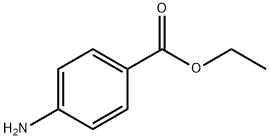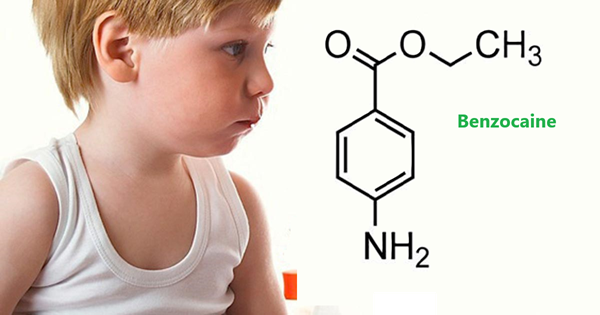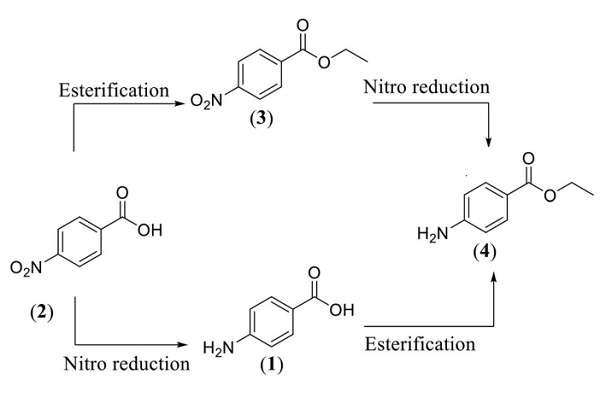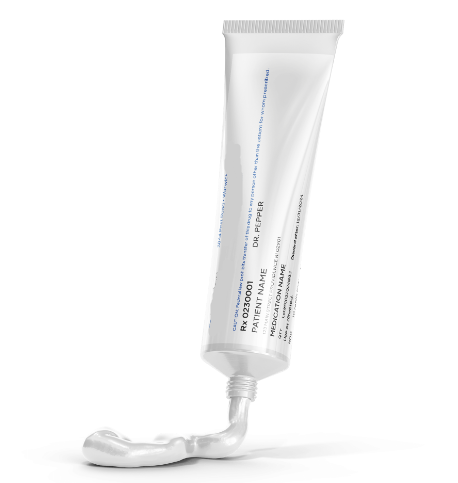Benzocaine: A Comprehensive Overview for Chemistry Professionals
Introduction
Benzocaine occurs in two forms: a crystalline salt (benzocaine HCl) that is soluble in water at 0.4 g/L, and a nonwater-soluble basic form that must be dissolved in ethyl alcohol at a concentration of 0.2 g/ml before it is sufficiently soluble in water to create a functional induction dose. The HCl salt of benzocaine can be prepared as a stock solution of 100 g/L, which should be stored in a dark container and protected from light. As with tricaine, benzocaine should be buffered with sodium bicarbonate to raise the pH to 7.0–7.5.
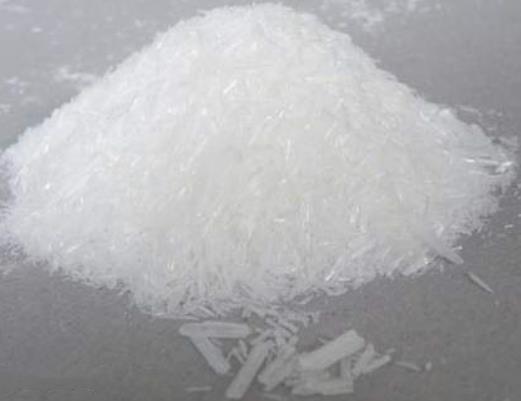
Benzocaine is a white, odorless, and tasteless local anesthetic that is chemically similar to MS-222, but contrary to MS-222, it is almost insoluble in water. Due to its high lipophilicity, benzocaine requires a previous preparation of a stock solution in an organic solvent, such as ethanol or acetone, in order to be used as an immersion anesthetic. Benzocaine and tricaine are commonly reported as the most effective anesthetics, with benzocaine being more economically affordable than MS-222 for use in large-scale procedures but having a quite narrow safety margin.
Uses
Benzocaine is a local anesthetic contained in some OTC products for the temporary relief of pain due to minor irritation, soreness, or injury of the mouth and throat. Benzocaine products are marketed as gels, sprays, ointments, solutions, and lozenges under brand names such as Anbesol, Orabase, Orajel, Baby Orajel, Hurricaine, and Topex, as well as store brands and generics. Prescription local anesthetics include articaine, bupivacaine, chloroprocaine, lidocaine, mepivacaine, prilocaine, ropivacaine, and tetracaine.
Benzocaine is relatively nonirritating to tissues, and after absorption, it is metabolized to PABA and acetyl PABA. Benzocaine has been reported to cause methemoglobinemia in some species (e.g., sheep), which may limit its widespread use in clinical practice.
Benzocaine has been used to varying degrees in dentistry to provide anesthesia of the gums and buccal mucosa and for cutaneous analgesia. The low solubility of benzocaine allows it to remain localized in wounds to provide long-term pain relief. Benzocaine is also a component (as is tetracaine) in a topical local anesthetic mixture known as Cetacaine, which is commonly used as a spray to anesthetize the larynx before intubation.
Toxicity to animals
Benzocaine presents low toxicity to fish, since it does not have a negative impact on growth or reproductive capacity, although its safety margin may decrease at higher temperatures. Benzocaine is well tolerated by some fish species like the fathead minnow, carp, and rainbow trout, but similar to the results with MS-222, it can cause avoidance behaviors in others like zebrafish.
References:
[1] S. KHAIR-UL BARIYAH. Benzocaine: Review on a Drug with Unfold Potential.[J]. Mini reviews in medicinal chemistry, 2020, 7 1: 11-15. DOI:10.2174/1389557519666190913145423.Related articles And Qustion
See also
Lastest Price from Benzocaine manufacturers

US $0.00/kg2025-04-02
- CAS:
- 94-09-7
- Min. Order:
- 1kg
- Purity:
- 99%
- Supply Ability:
- 10000kg

US $40.00-20.00/kg2025-03-07
- CAS:
- 94-09-7
- Min. Order:
- 1kg
- Purity:
- 99%
- Supply Ability:
- 100tons
